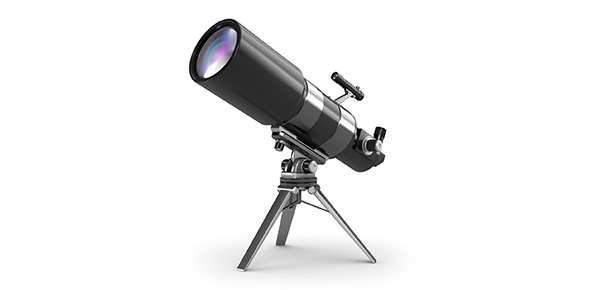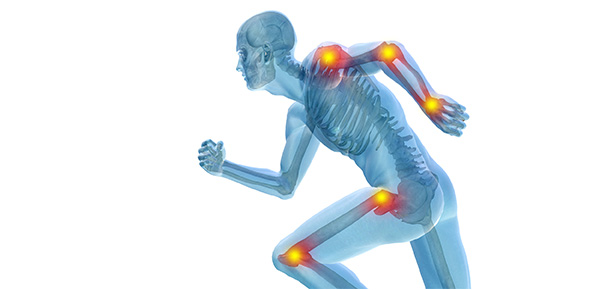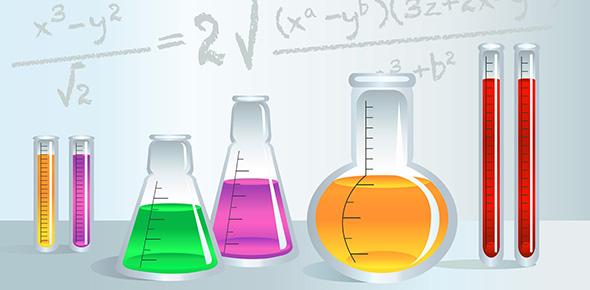Related Flashcards
Related Topics
Cards In This Set
| Front | Back |
|
Abnormal behavior
|
Patterns of emotion, thought, and actions that are considered pathological (diseased or disordered) for one or more of these reasons: statistical infrequency, disability or dysfunction, personal distress, or violations of norms.
|
|
Medical model
|
The perspective that diseases( including mental illness) have physical causes that can be diagnosed, treated , and possibly cured.
|
|
Psychiatry
|
The branch of medicine that deals with the diagnosis, treatment, and prevention of mental disorders.
|
|
Diagnostic and Statistical Manual of Mental Disorders(DSM-IV-TR)
|
The classification system developed by Americans Psychiatric Association used to describe abnormal behaviors; the IV-TR indicates that it is the text revision of the fourth major edition.
|
|
Neurosis
|
`In previous editions, the term neurosis reflected Freud's belief that all neurotic conditions arise from unconscious conflicts. Now, conditions that were previously grouped under the heading neurosis have been formally redistributed as anxiety disorders, somatoform disorders, and dissassociative disorders.
|
|
Psychosis
|
`unlike neurosis, the term psychosis is still listed in the DSM-IV-TR because it is useful for distinguishing the most severe mental disorders, such as schizophrenia.
|
|
Insanity
|
A complicated legal term. In most states it refers to a person who cannot be held responsible for his or her actions, or is judged incompetent to manage his or her own affairs because of mental illness. IT IS IMPORTANT TO KEEP IN MIND THAT THE INSANITY PLEA IS USED IN LESS THAN 1 PERCENT OF ALL CASES.
|
|
State disorders
|
( the patients current condition, or "state")Clinical Disorder: Symptoms that cause distress or significantly impair social or occupational functioning ( such as anxiety disorders, depression)
|
|
Trait disorders
|
(enduring problems that seem to be an integral part of the self)
Personality Disorders and Mental Retardation: Chronic and enduring problems that generally persist throughout life and impair interpersonal or occupational functioning. |
|
Anxiety disorder
|
`Problems associated with severe anxiety. Ex: phobias, obssesive-compulsive disorder, posttraumatic stress disorder
a type of abnormal behavior characterized by unrealistic irrational fear. |
|
Generalized anxiety disorder (GAD)
|
`affects twice as many women as it does men.
-is characterized by chronic, uncontrollable, and expressive fear and worry that last at least 6 months and that is not focused on any particular objects or situation. -because of persistent muscle tension and autonomic fear reactions, people with this disorder may develop headaches, heart palpitations, dizziness, and insomnia, making it even harder to cope with normal day activities |
|
Panic disorder
|
`-Sudden, but brief, attacks of intense apprehension that cause trembling, dizziness, and difficulty breathing. No Apparent cause
|
|
Phobias
|
`a strong, irrational fear and avoidance of objects or situation that are usually considered harmless (fears of elevators or fear of going to the dentist)
|
|
Obsessive-compulsive disorder(OCD)
|
Involves persistent, unwanted, fearful thoughts (obsessions) and or irrestible urges to perform an act or repeated rituals ( compulsions), which help relieve the anxiety created by the obsession.
-In adults, the disorder is equally common in men and women.-in childhood, it is more prevalent among boys when the onset is in childhood. |
|
Mood disorders
|
-AKA affective disorders
-characterized by extreme disturbances in emotional states, There are two main types of mood disorders-major depressive disorder and bipolar disorder |







